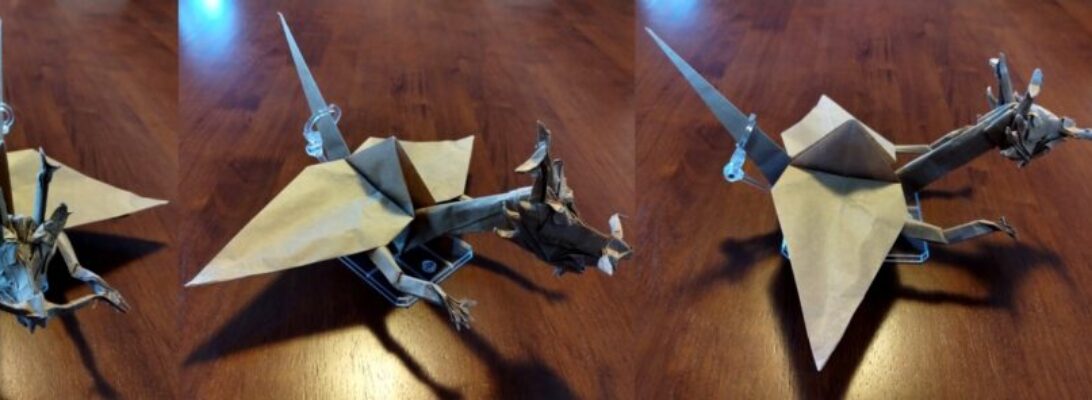When asked to be part of the Papermakers and Artists QLD “On A Roll” Gallery exhibit, my first thoughts of a “scroll-like” object I could make was always going to be something relating to my current passion – Mulberry paper – Kozo.

I had, in previous posts, explored the harvesting and cleaning, beating and use of White Mulberry and Paper Mulberry pulp from twig to finished sheet. A consequence of processing a sheath of White mulberry was a collection of lovely white sticks without their bark. Experimenting what I could do with them, I discovered they accepted soft graphite pencil really well.

A scroll, to me, tells a story. Story telling is something that humans have always done, ever since they evolved the ability to communicate. Lots of cultures evolved oral traditions (spoken word), more developed repeatable symbology that evolved into alphabets and written communications. I was determined to explore ancient and modern story telling, with the idea that “Once upon a time” was a concept that has begun every story, in one form or another.
I began collecting different representations of the concept of “once upon a time”, and included Arabic, Burmese, Cantonese, English, Greek, Hebrew, Hindi, Japanese, Khmer, Korean, Lao, Maori, Mongolian, Nepali, Persian, Punjab, Sanskrit, Tamil, Thai, Tibetan, Urdu, Yiddish scripts that expressed this concept. Using a soft pencil, I transcribed (as faithfully as I could) these scripts, one per stick onto the twig bundle – interesting some used left to right, others right to left.
Continue reading


























